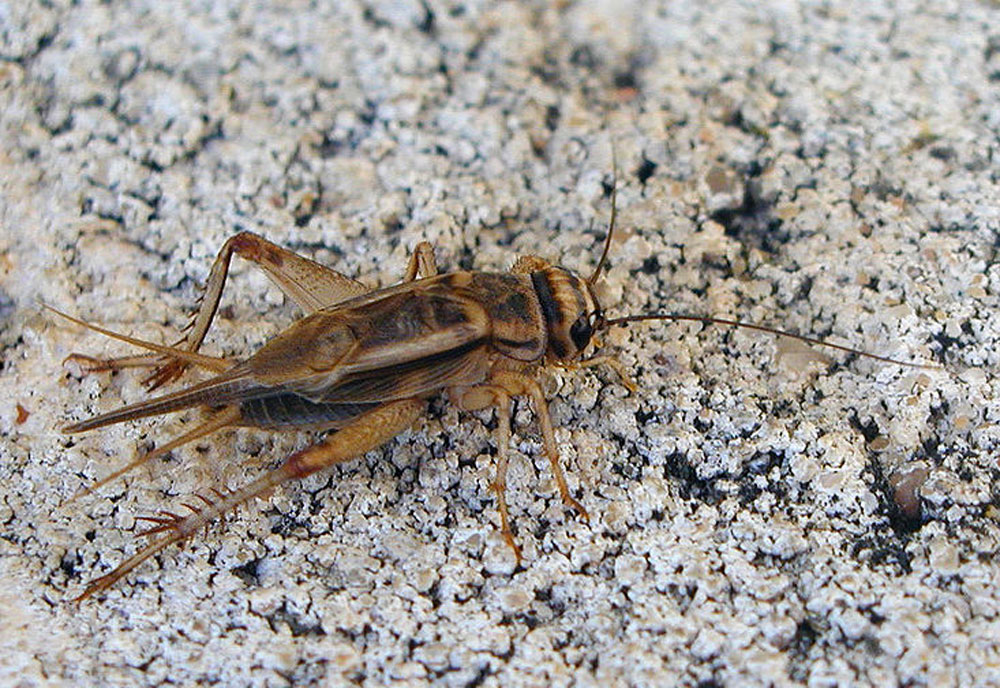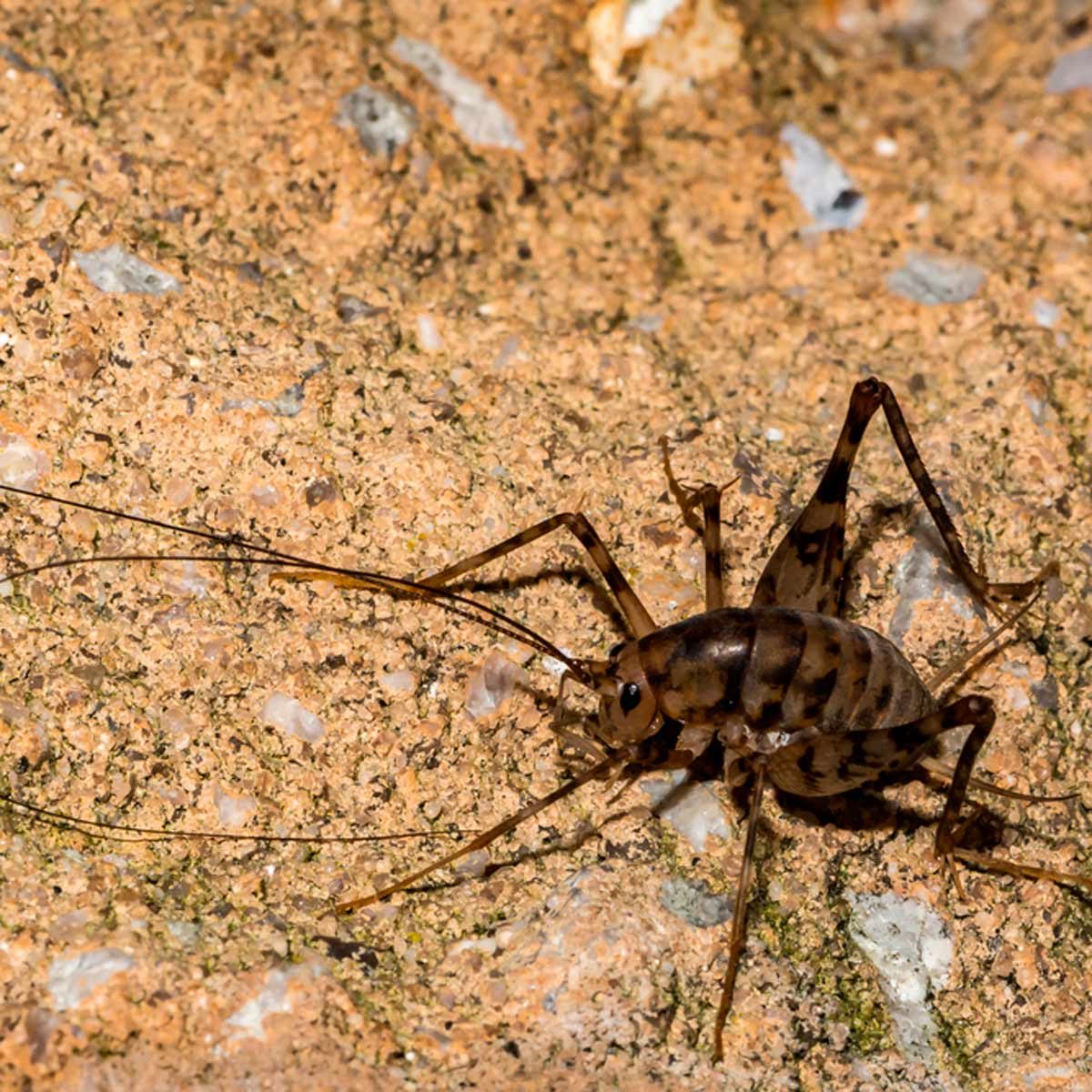Table Of Content

They typically die off in the fall, but the problem is, cricket eggs overwinter and hatch a whole new generation in the spring. Though crickets nest and lay eggs in dark places, these insects are nonetheless attracted to bright lights at night. Consider altering the use of outdoor lighting near your home. Switch to motion sensor-activated fixtures or replace white bulbs with amber-colored, anti-bug bulbs.
Do you have a chorus of crickets in your backyard? Here's why - Pursuit
Do you have a chorus of crickets in your backyard? Here's why.
Posted: Tue, 27 Feb 2024 08:00:00 GMT [source]
Use Molasses Traps
During warm weather, the house cricket lives outdoors in piles of debris, rocks, firewood, and lumber. They may also be seen in compost bins and garbage dumps during the winter, as well as in houses, sheds, and other shelters. With the coming of cold weather, the house cricket enters homes and is active in warm areas of the house. House crickets are nocturnal and usually first make themselves evident at dusk when they begin to seek food in homes.
PEST PRO
House crickets are found hiding in warm places throughout buildings and yards, as well as near trash bins or on upholstered furniture and clothes. Homeowners who suspect they have active infestations can check these spots for crickets. Although it is supposed to mean good luck when there is a cricket in your home, it can be a nuisance as crickets sound chirping can drive you mad.
Kristi Noem Under Fire For Getting Daughter A State License
Major League Cricket plays to a full house in Grand Prairie Thursday - NBC DFW
Major League Cricket plays to a full house in Grand Prairie Thursday.
Posted: Mon, 10 Jul 2023 07:00:00 GMT [source]
A licensed pest control professional can also be hired to eliminate the crickets on your behalf. They range up to one inch in length, with the males slightly larger in the torso than their female counterpart. This is usually anywhere from a light yellow to a dark brown color, but they are sometimes gray. House crickets have flattened bodies and long antennae and produce a recognizable chirping song.
How to Get Rid of Mosquitoes—and Keep Them From Coming Back

This cricket species was introduced from Europe and is now found throughout the United States but primarily east of the Rocky Mountains. Trying to transition your pet reptile from eating live insects to a freeze-dried diet? The crickets gather together around houses in the vicinity of the internal heaters, the kitchen and fireplaces, bedding, and piles of wood.
While you may find the sound of crickets chirping on a warm summer evening peaceful, chances are, you’d prefer to hear these insects outside rather than inside your house. When the weather cools, the eggs will remain stoic until they hatch in springtime. The adult house crickets can fly with their pair of fully developed wings. When nesting in houses as pests, they will eat anything they can find, from pet food to fabric, carpet, and wool. House crickets are nocturnal and usually prefer cool, dark and damp habitats like the spaces under rocks and inside basements and crawl spaces. House crickets are fully winged and can fly, unlike some other species of crickets, such as the camel cricket.
House Cricket Life Cycle
Male house crickets often produce a series of two or three short, high-pitched sounds commonly known as chirping. Since they're nocturnal, the pests may keep homeowners up at night. Buy Fresh Live Crickets - Fluker's Cricket Farm is a premiere online supplier of cheap feeder insects for sale.
House crickets do not bite or spread disease, however, they can become a nuisance if they gain entry into a home, damaging clothing, carpets, and areas covered in fabric. Because these crickets are attracted to warmth, they are often present in the vicinity of the fireplace, kitchen, furnace, water heater, and basement. They conceal themselves in cracks, behind baseboards, and may burrow into the mortar of walls. The house cricket is especially destructive to silk and woolens.
Originally from eastern Asia, the house cricket was introduced into the U.S. by travelers unwittingly or on purpose as exotic pets, as was a habit in China and Japan. They are commercially bred as food for pets such as fish, birds and reptiles. They flourish in temperatures of 80 to 90 degrees Fahrenheit but can also be found in cooler climates. Outside, crickets will feed on plant matter and dead insects and are typically found in fields and pastures. Crickets are active in warm seasons, and the sound of their chirping is the male’s mating call often heard on summer nights.
If you have a house cricket infestation in your Long Island property, contact your local pest control experts. Crickets are fond of nesting in dark, moist environments, so focus your search on areas that provide cover. Outside, check along the perimeters of patios and walkways, under decorative planters and layers of mulch, and in the compost bin. Inside your home, look behind appliances, under sinks and in vanity cabinets, along the edges of carpets, and underneath furniture. If you have a basement, crickets could be anywhere, but be sure to check locations where you store seasonal items and clothing.

Unknown to many, a house cricket may bite a human in self-defense. However, the bite will usually not break the skin and they do not carry disease; it may just be an unpleasant, if not unusual, story to tell. It is essential to wash hands with soap after handling house crickets or their nest material as they may carry parasitic diseases like salmonella and E. House cricket is probably one of the most recognizable insects, thanks to the distinct chirping sounds they make by rubbing their wings together. In Florida, house crickets are usually found where they have recently escaped or been released - for example, on the shores where people fish. House crickets get their common name from the fact that they often enter houses where they can survive indefinitely.
OPTIONSFeeder Crickets are available in sizes ranging from 1 week old baby crickets (3/16 of an inch) to 6 weeks old adults (1 inch) and in quantities starting at 100. We also offer 250ct 4-week-old crickets and 250ct medium mealworms mixed box. This is a great way to help diversify your reptiles live insect diet. When ordering the mix, both will be packaged loose together in the same box. Feeding small reptiles or frogs and looking for an alternative to baby crickets?
You should expect elimination to be accomplished in stages over the season. A cricket’s diet will depend on the type of cricket in question. Many feed on plants, while some favor feeding on weak and dead insects. Some may even feed on fabrics if nothing else is readily available for them to consume. Some crickets are kept as pets in places like China, while others are kept to engage in cricket fighting.
Combine Fluker's Hi-Cal Cricket Diet with our quencher products to give you insects the nutrition your reptile requires. This is why our Acheta domestica have less mortality upon delivery and survive longer after they arrive, up to 8 weeks total lifespan with proper care and nutrition. We recommend a temperature range of 70-75F during the day and at night to keep their metabolism and immune system functioning properly. These insects are a rich source of protein and when gut loaded properly offer many other nutritional benefits to reptiles. Buy your reptile the best feeder insects for sale online today.
No comments:
Post a Comment